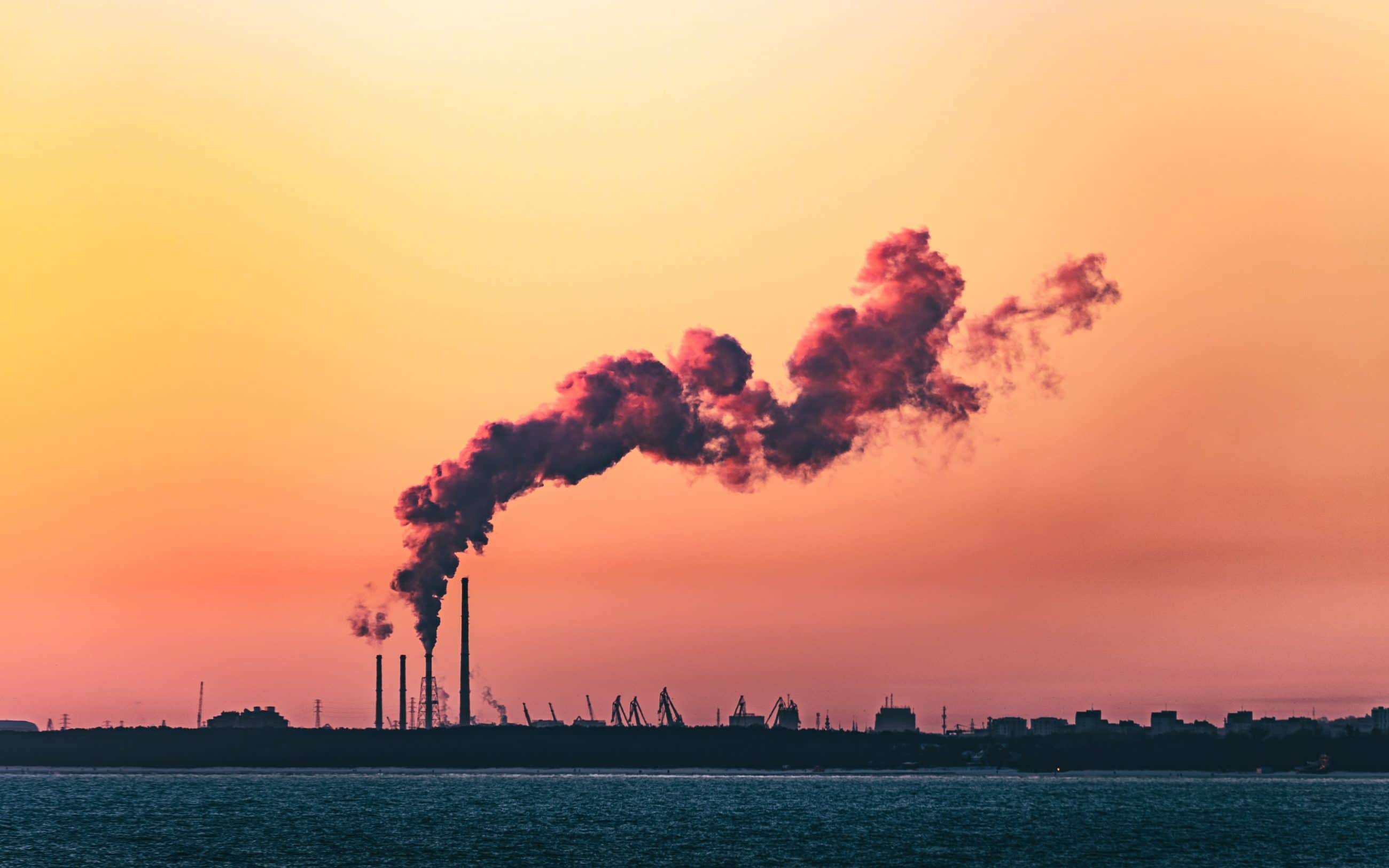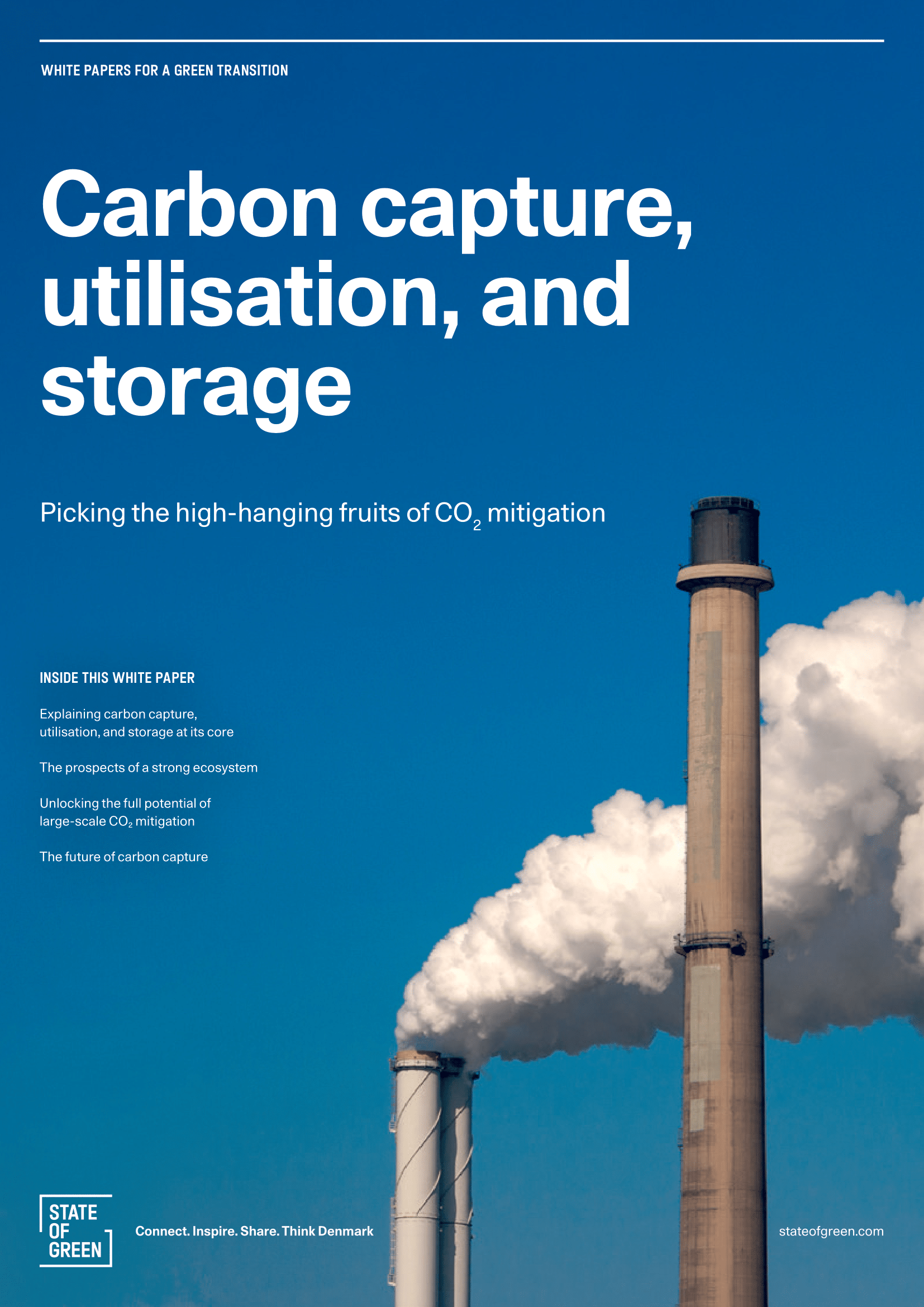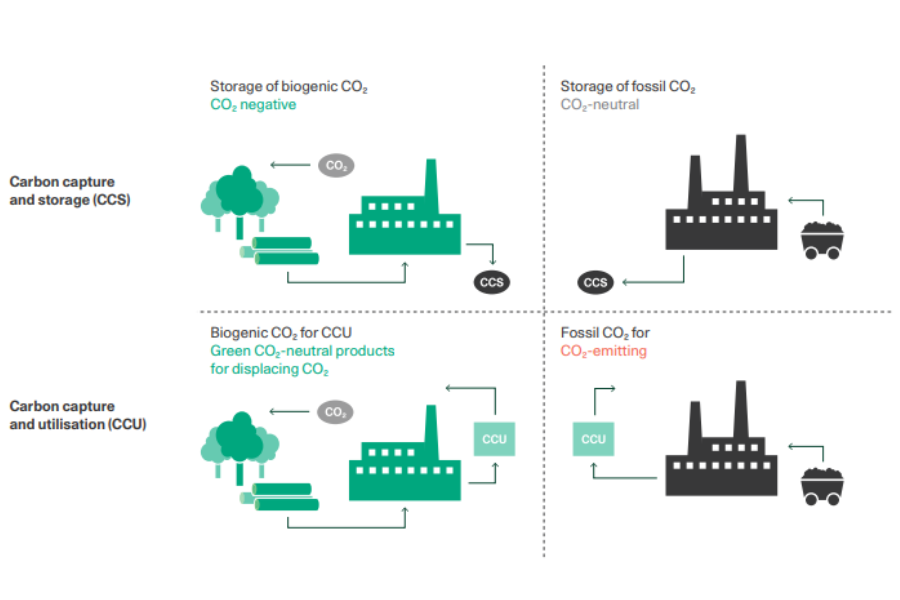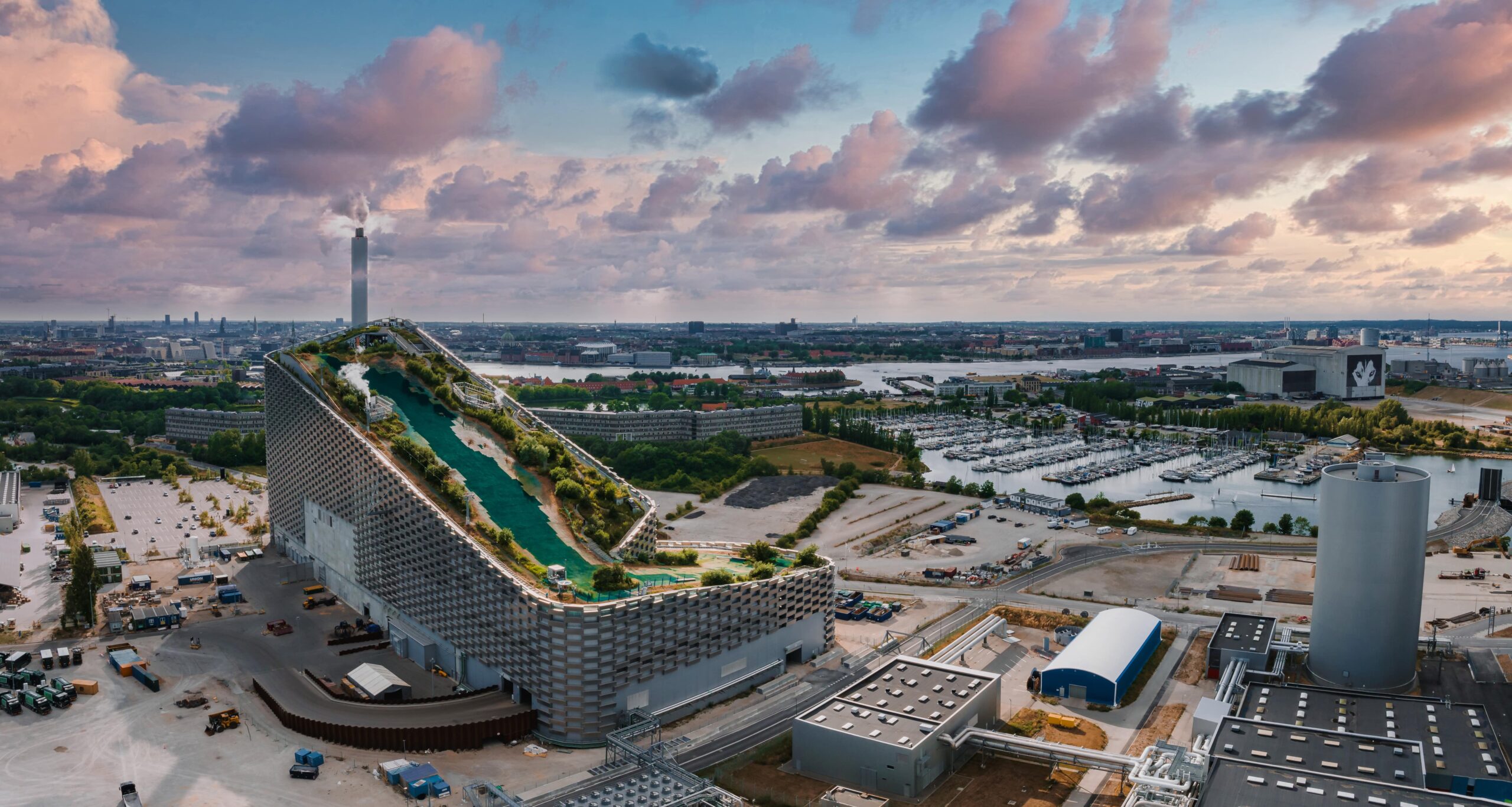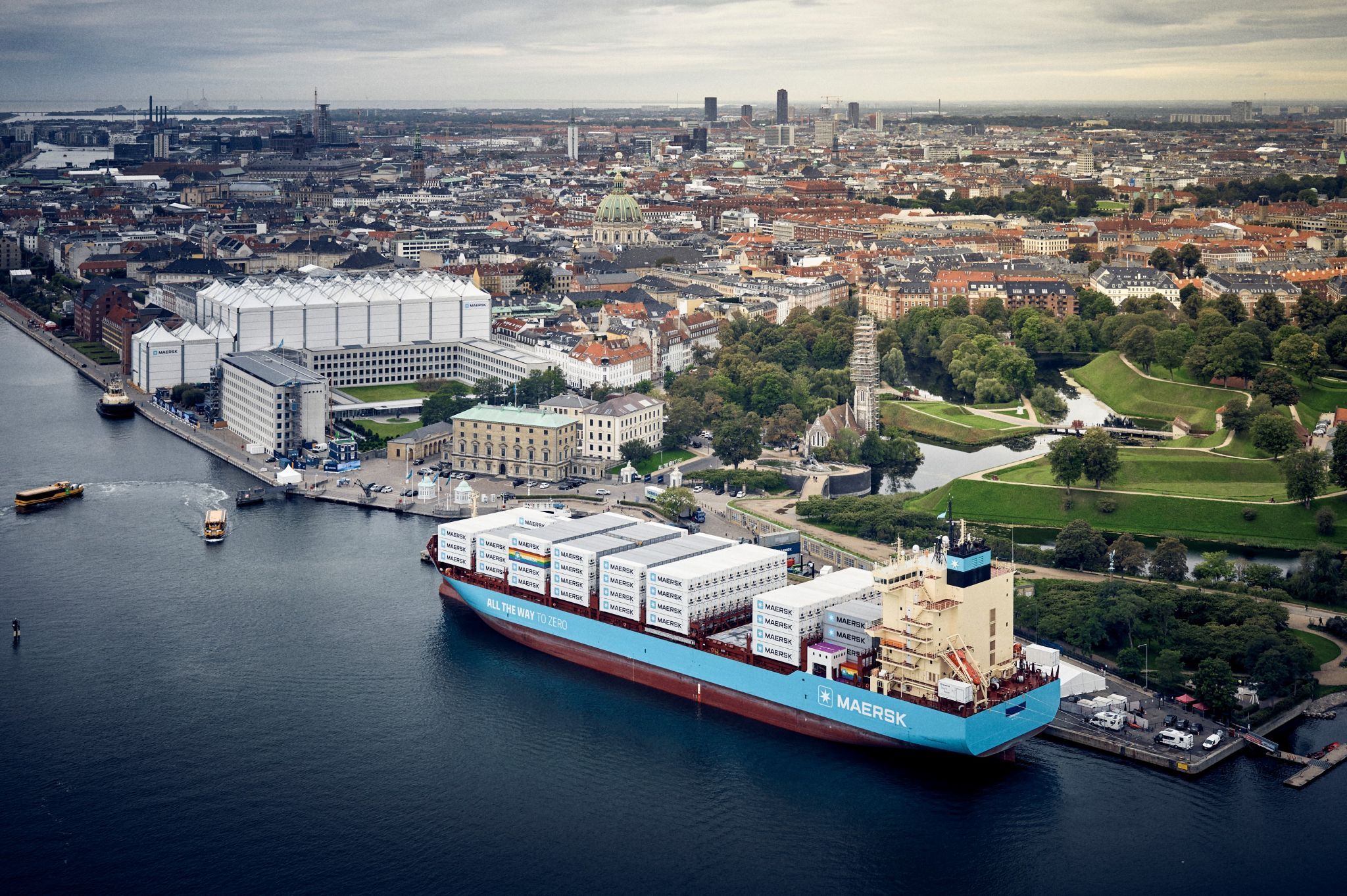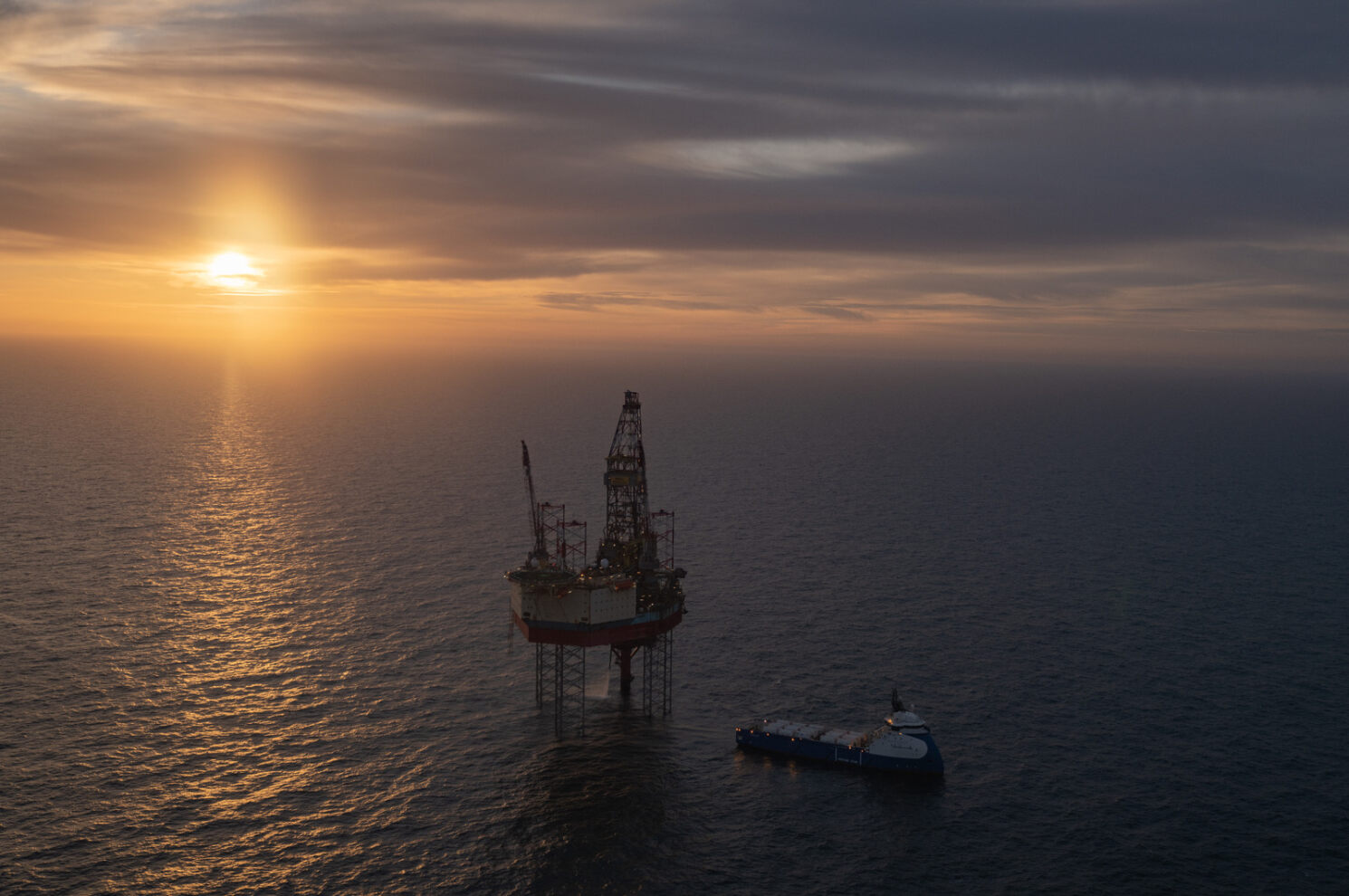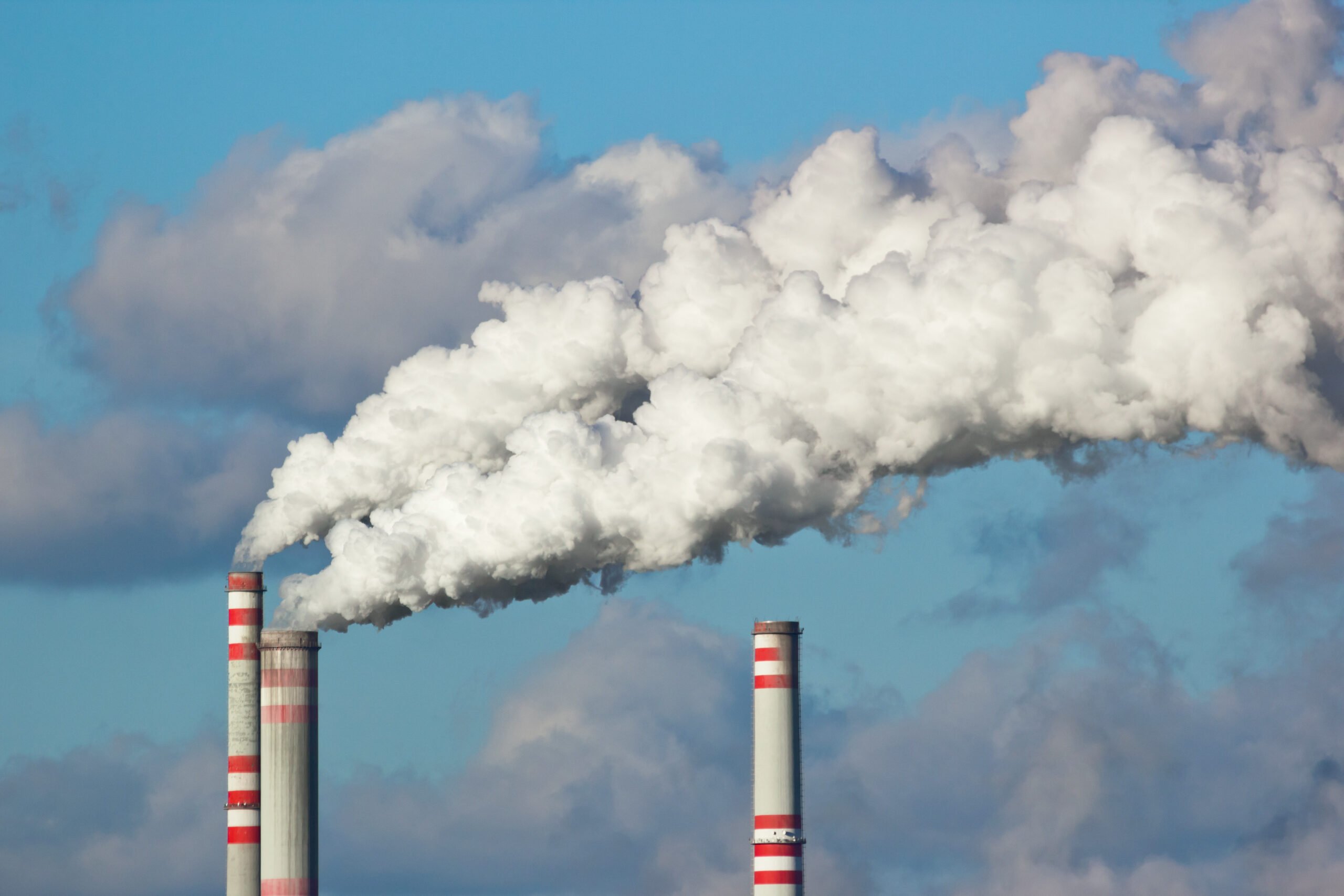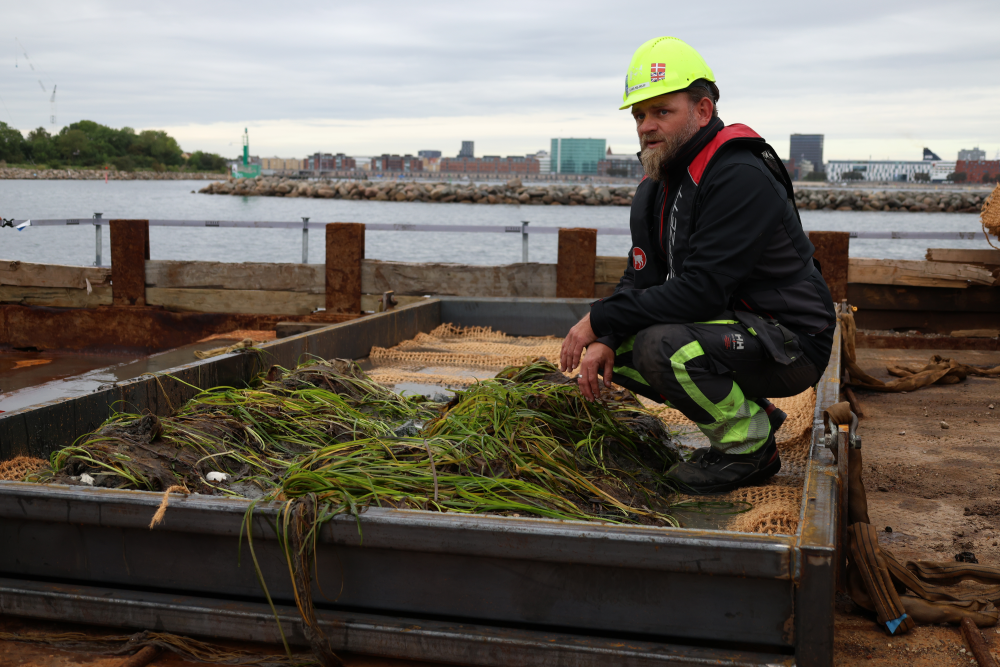CO₂ from biogenic sources
Sources of biogenic CO₂ cover plants using sustainable biomass, biogas plants, and biogenic waste. In other words, biogenic CO₂ originate from biological sources and are included in the natural carbon cycle. Hereby, the biogenic CO₂ becomes valuable for several uses: It can be removed completely from the atmosphere by storing it in the under�ground (negative emissions) or it can be used to avoid CO₂ emissions in other sectors by transforming the CO₂ into valuable climate-neutral products such as green fuels and green plastic.
Denmark has great potential to lead the development and implementation of carbon capture as several biogenic carbon point sources are located in Denmark. However, shortages of CO₂ supply are expected in the future, as the demand for carbon storage and utilisation is increasing, and the supply of CO₂ from point sources is decreasing due to optimisations and decommissioning of power plants.
Capturing CO₂ from point sources is a first and important step towards climate neutrality. Yet, the point sources alone will not drive the world’s CO₂ emissions to zero. Therefore, new ways of capturing CO₂ from the atmosphere must be developed and matured rapidly and within the next decade. In Denmark, research in direct CO2 capture is ongoing but it is still in its infancy and on a low technological readiness level. Several larger research investments in Denmark are aiming to change that.
